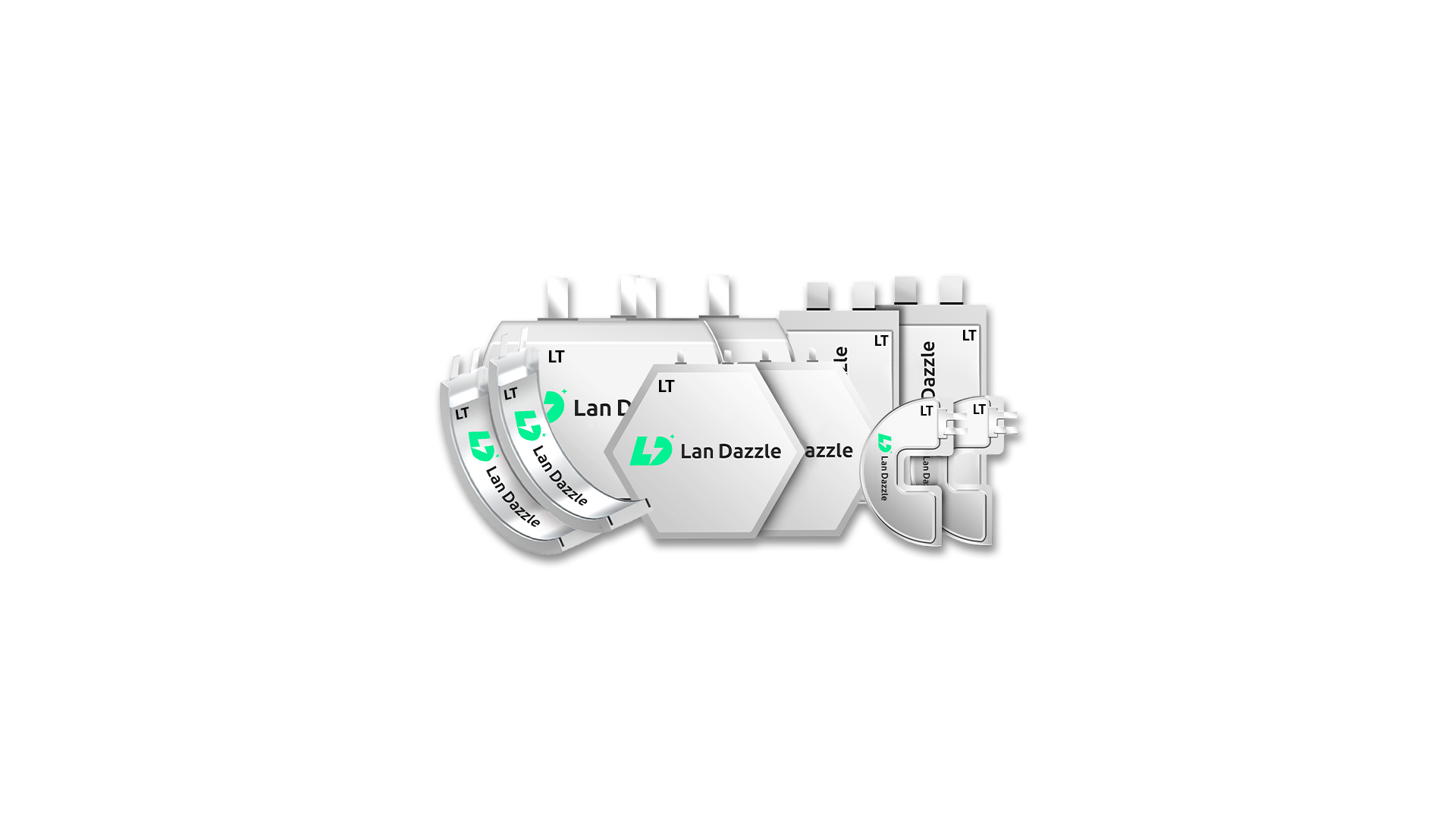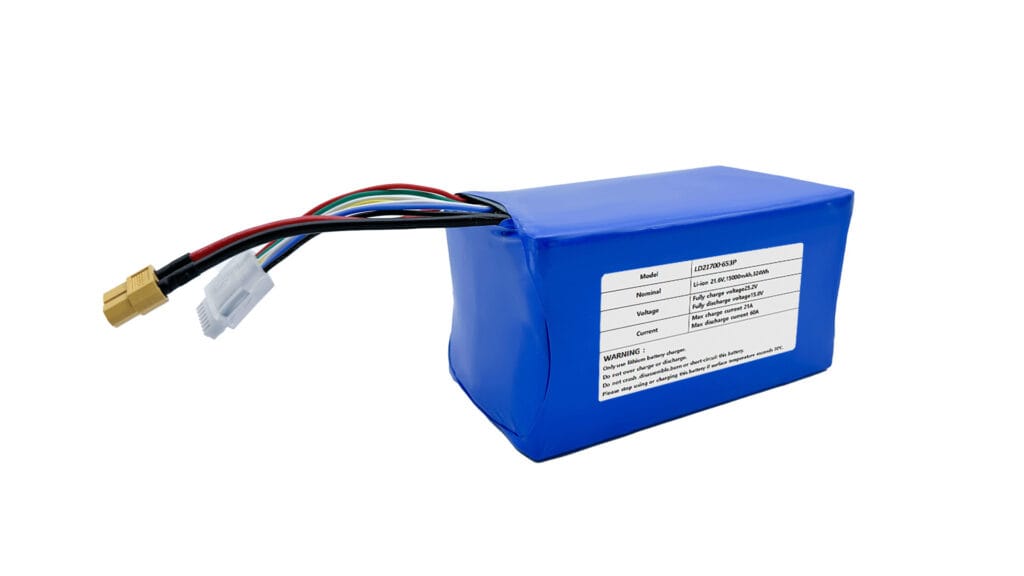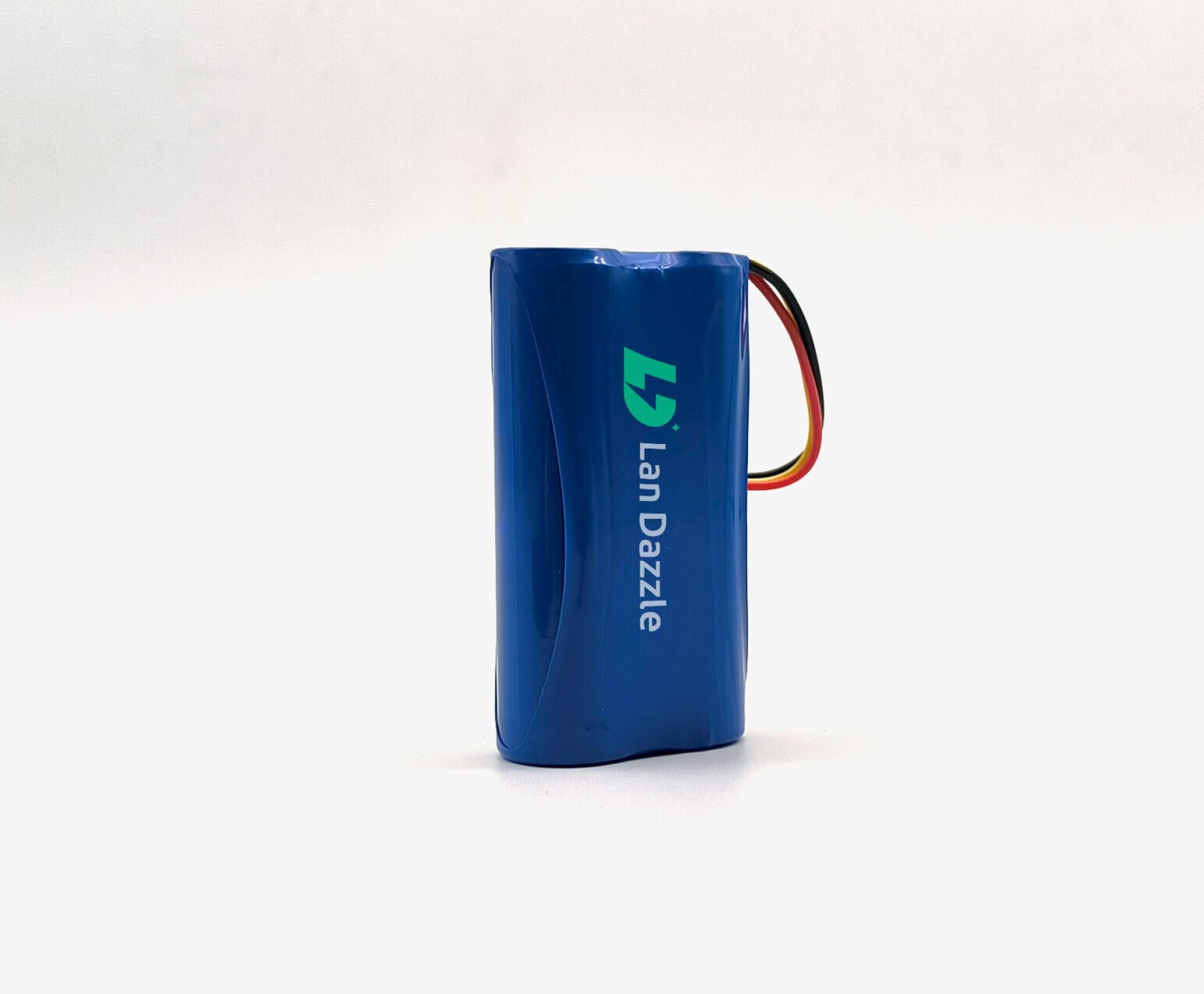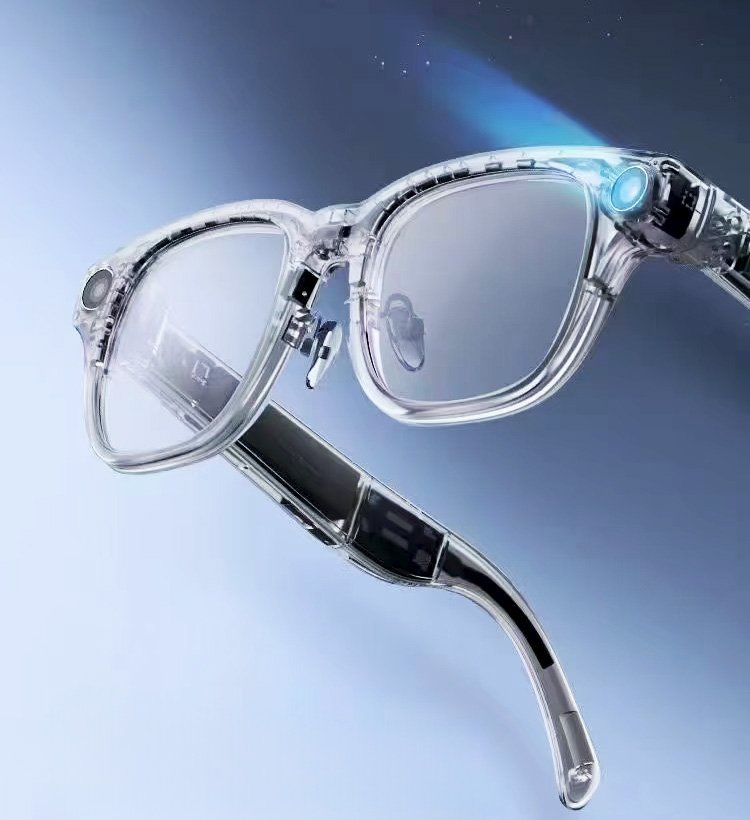In an age where our lives are increasingly intertwined with technology, the power source behind our beloved gadgets is more crucial than ever. From the smartphone in your pocket to the sleek laptop on your desk and even your trusty wireless earbuds, chances are a Lithium Polymer (Li Polymer or LiPo) battery is diligently working behind the scenes. These advanced power cells are celebrated for their slim form factor, high energy density, and flexible designs, making them ideal for modern, compact electronics.
But with great convenience often comes a nagging question: How long does a Li Polymer battery last? It’s a query frequently asked by consumers, and for good reason. Understanding the lifespan of these vital components is key to managing your expectations, maximizing your device’s utility, and ultimately, making informed decisions about care and replacement. This comprehensive guide will demystify the longevity of Li Polymer batteries, exploring the factors that influence their lifespan, offering practical tips to extend their use, and identifying the signs that your battery might be nearing its end.
What Exactly is a Li Polymer Battery?
Before diving into lifespan specifics, let’s briefly understand what a Li Polymer battery is. At its core, a Li Polymer battery is a type of rechargeable battery that uses a polymer electrolyte instead of the more traditional liquid electrolyte found in Lithium-ion (Li-ion) batteries. This key difference offers several advantages, primarily in terms of flexibility in design and a reduced risk of electrolyte leakage.
The basic technology of a Li Polymer battery involves a positive electrode (cathode), a negative electrode (anode), and an electrolyte in between. During discharge, lithium ions move from the anode to the cathode, releasing energy. When charging, this process reverses. The use of a polymer electrolyte allows manufacturers to create incredibly thin, light, and even custom-shaped battery cells, which is why they are ubiquitous in the sleekest modern devices.
While often confused with traditional Li-ion batteries due to similar chemical principles, the distinction lies in their physical construction and electrolyte state. LiPo batteries excel where space and weight are at a premium, making them the go-to choice for smartphones, tablets, smartwatches, drones, and many other portable electronics.
How Long Does a Li Polymer Battery Last
So, what’s the magic number? On average, a well-maintained Li Polymer battery is generally expected to last anywhere from 3 to 5 years, or achieve between 500 to 1000 full charge cycles before its capacity significantly degrades. A “charge cycle” typically refers to one complete discharge and recharge of the battery. For example, using 50% of the battery’s capacity one day and then recharging it, and then using another 50% the next day, counts as one full charge cycle.
However, it’s crucial to understand that these numbers are averages. The true lithium polymer battery longevity of your specific device can vary dramatically. Just like the engine in your car, how you “drive” and maintain your battery directly impacts its lifespan. Several critical factors come into play, influencing whether your battery thrives for years or starts struggling prematurely. The next section will delve into these key influencers, laying the groundwork for how you can maximize your battery’s potential duration.
Key Factors That Influence Li Polymer Battery Lifespan
The robust performance and impressive energy density of Li Polymer batteries come with a caveat: their lifespan is highly sensitive to how they are treated. Understanding these influencing factors is the first step toward extending your battery’s life expectancy.
Şarj Etme Alışkanlıkları
Perhaps the most impactful factor is how you charge your device. Incorrect charging practices can accelerate battery degradation significantly.
- Overcharging and Undercharging (Deep Discharge): While modern devices have sophisticated Battery Management Systems (BMS) to prevent dangerous overcharging, prolonged periods at 100% charge, especially if accompanied by heat, can still cause stress on the battery. Similarly, consistently allowing your battery to completely deplete to 0% (deep discharge) puts immense strain on the cell and significantly reduces its overall lifespan. Studies often show that keeping a LiPo battery between 20% and 80% charge can dramatically extend its cycle life compared to constantly charging to 100% or discharging to 0%.
- Using the Correct Charger: Always use the original charger or a certified, high-quality third-party charger. Cheap, uncertified chargers may not regulate voltage and current properly, leading to inefficient charging, overheating, and potential battery damage.
- Frequency of Charging (Partial vs. Full Cycles): Unlike older battery technologies, Li Polymer batteries do not suffer from a “memory effect.” In fact, they prefer partial, frequent charges rather than full discharge-recharge cycles. Each full cycle contributes to the overall cycle count, which is a primary metric for battery lifespan. Constantly topping off your battery slightly is generally better than letting it drain completely before a full recharge.
Sıcaklık
Temperature is a silent killer of battery longevity. Both extreme heat and extreme cold can have detrimental effects.
- Exposure to Extreme Heat: High temperatures accelerate chemical reactions within the battery, leading to faster degradation of the electrolyte and electrodes. Leaving your phone in a hot car, direct sunlight, or near heat sources (like a radiator) can cause irreversible damage. Charging your device in a hot environment also compounds this issue. For instance, some research suggests that operating a battery at 40°C (104°F) can reduce its lifespan by 30-40% compared to operating it at 25°C (77°F).
- Exposure to Extreme Cold: While less damaging than heat in terms of long-term degradation, very cold temperatures temporarily reduce battery capacity and performance. Attempting to charge a frozen or extremely cold LiPo battery can cause permanent damage, including the formation of lithium plating, which is highly detrimental. It’s always best to let a cold device warm up to room temperature before charging.
Kullanım Şekilleri
How intensely you use your device also plays a role in its battery’s lifespan.
- Intensity of Use: Constantly running demanding applications, heavy gaming, or prolonged video streaming forces the battery to work harder and discharge at a higher rate. This generates more heat and puts more stress on the battery’s internal components, accelerating degradation. A device used primarily for light Browse and occasional calls will generally have a longer battery lifespan than one constantly pushed to its limits.
- Discharging Too Quickly: Rapid discharge, especially common in high-performance drones or RC vehicles, can significantly shorten the battery’s life. While less common in consumer electronics, consistently pushing the battery to its maximum discharge rate can lead to increased internal resistance and capacity fade over time.
Manufacturing Quality
Not all batteries are created equal. The initial quality of the Li Polymer battery can determine its inherent resilience and expected lifespan.
- Impact of Battery Quality and Brand: Reputable manufacturers use higher-grade materials and adhere to stricter quality control standards, resulting in more durable and long-lasting batteries. Generic or counterfeit batteries may use inferior components, leading to shorter lifespans, inconsistent performance, and in some rare cases, safety risks.
- Potential for Defects: Even with stringent quality control, a small percentage of batteries may have manufacturing defects that can lead to premature failure or reduced capacity from the outset.
Depolama Koşulları
If you plan to store a device (or a spare battery) for an extended period, how you store it is critical.
- Ideal Storage Charge Level: Li Polymer batteries should ideally be stored at around a 50-60% charge level. Storing them fully charged for long periods can cause stress, while storing them fully discharged can lead to “deep discharge” and render the battery permanently unusable.
- Importance of Storing in a Cool, Dry Place: Just like with active use, avoiding extreme temperatures is paramount for storage. A cool (but not freezing), dry environment away from direct sunlight is ideal. Basements or climate-controlled storage units are often good options for long-term storage of devices you won’t use for months.
How to Maximize Your Li Polymer Battery’s Lifespan
Given the various factors at play, adopting smart habits can significantly extend your Li Polymer battery’s useful life. Here are actionable tips to make your lithium polymer battery last longer:
- Aşırı Sıcaklıklardan Kaçının: This is perhaps the most crucial tip. Never leave your devices in direct sunlight, hot cars, or near heat sources. Similarly, avoid using or charging them in extremely cold conditions. If your device feels unusually hot, give it a break.
- Practice Optimal Charging Habits:
- Aim for Partial Charges: Don’t obsessively charge to 100% or wait until 0%. Try to keep your battery level between 20% and 80% whenever possible. This is the sweet spot for minimizing stress on the battery cells.
- Unplug When Full (if practical): While modern devices manage overcharging, it’s a good practice to unplug your device once it reaches 100% if you’re not planning to use it immediately.
- Doğru Şarj Cihazını Kullanın: Always use the charger that came with your device or a reputable, certified third-party alternative.
- Manage Power-Intensive Applications: If your device is heating up due to heavy gaming or demanding apps, consider taking breaks or reducing usage. Close unnecessary background apps.
- Optimize Device Settings:
- Reduce Screen Brightness: The screen is often the biggest power consumer.
- Enable Power Saving Modes: Use your device’s built-in battery optimization features.
- Turn Off Unused Features: Disable Wi-Fi, Bluetooth, GPS, or cellular data when not needed.
- Store Properly for Long Periods: If you’re putting a device away for weeks or months, ensure its battery is charged to approximately 50-60% and store it in a cool, dry place. Check the charge every few months and top it up to the ideal level if necessary.
- Fiziksel Hasarı Önleyin: Punctures or physical stress can not only damage the battery but also pose significant safety risks. Handle your devices with care.
Signs That Your Li Polymer Battery is Dying
Despite your best efforts, all batteries have a finite lifespan. Knowing the signs of a bad LiPo battery can help you anticipate replacement and avoid frustration.
- Reduced Battery Capacity (Draining Faster): This is the most common indicator. If your device used to last all day but now needs recharging multiple times, its capacity has significantly degraded. The battery is simply holding less charge than it once did.
- Swelling or Bulging: This is a critical warning sign and indicates a dangerous situation. If your device’s case starts bulging, or you notice the screen lifting, it means gases have formed inside the battery. Immediately stop using the device and dispose of the battery safely. This is a fire hazard.
- Inconsistent Performance: Unexpected shutdowns, especially when the battery indicator still shows a decent charge, or sudden drops in battery percentage, can signal internal resistance issues.
- Difficulty Charging or Not Holding a Charge: If your device takes an unusually long time to charge, or if it charges quickly but then drains rapidly, the battery might be failing to accept and retain power efficiently.
- Overheating (without heavy usage): While devices can get warm during heavy use, if your device consistently feels hot even during light tasks or while charging, it could indicate an internal battery problem.
If you observe these signs, particularly swelling, it’s time to consider replacing the battery or the device itself. Ignoring these warnings can lead to frustrating performance or, in rare cases, safety risks.
Sonuç
Li Polymer batteries are marvels of modern engineering, enabling the slim, powerful devices we rely on daily. While their lifespan is finite, typically averaging 3 to 5 years or 500-1000 charge cycles, it’s far from a fixed number. By understanding the critical factors that influence battery degradation – from your charging habits and usage patterns to environmental temperatures and initial manufacturing quality – you gain the power to significantly extend your Li Polymer battery’s useful life. Implementing smart care routines isn’t just about prolonging the battery; it’s about getting the most out of your valuable devices and minimizing electronic waste. Treat your battery well, and it will serve you faithfully for years to come.
At Lan Dazzleuzmanlık alanlarımız custom Li Polymer battery solutions tailored to your device’s specific requirements — from compact wearables and medical sensors to drones and smart tools. Our engineering team works closely with clients to deliver high-quality, safe, and efficient battery packs that last. İletişime geçin with us at info@landazzle.com to explore how our custom LiPo batteries can elevate your product’s performance and lifespan.
Sıkça Sorulan Sorular (SSS)
Q1: How long should a Li Polymer battery last in a smartphone? A: Typically, a smartphone’s Li Polymer battery should last 3-5 years or endure 300-500 full charge cycles before its capacity significantly drops to about 80% of its original. This varies greatly with individual usage and care.
Q2: Can I leave my Li Polymer battery charging overnight? A: Modern devices have sophisticated Battery Management Systems (BMS) designed to prevent dangerous overcharging. While generally safe, it’s still advisable to unplug your device once it reaches 100% if possible, as prolonged periods at full charge, especially combined with heat, can cause minor stress over time.
S3: Yeniden şarj etmeden önce bir Li Polimer pili tamamen boşaltmak daha mı iyidir? C: Hayır, kesinlikle değil. Eski pil teknolojilerinin aksine, Li Polimer piller kısmi deşarjlarda gelişir. Derin deşarjlar (akünün sık sık 0%'ye kadar boşalmasına izin vermek) akü hücreleri üzerinde önemli bir baskı oluşturabilir ve genel ömürlerini azaltabilir. Bataryanızı 20% ile 80% arasında şarjlı tutmayı hedefleyin.
S4: Li Polimer bataryalı cihazları uzun süre nasıl saklamalıyım? C: Uzun süreli saklama için (haftalar veya aylar), pili yaklaşık 50-60% kapasiteye kadar şarj etmek en iyisidir. Cihazı serin ve kuru bir yerde, doğrudan güneş ışığından veya aşırı sıcaklıklardan uzakta saklayın. Şarjı birkaç ayda bir kontrol edin ve çok düşerse ideal seviyeye kadar doldurun.
S5: Li Polimer pilim neden şişiyor? Bu tehlikeli bir durum mu? C: Bir Li Polimer bataryada şişme veya şişkinlik ciddi bir uyarı işaretidir ve bozulma nedeniyle içeride gaz oluştuğunu gösterir. Tehlikelidir ve yangın tehlikesi oluşturur. Şişme fark ederseniz, cihazı kullanmayı derhal bırakın, şarj etmeyin ve belirlenmiş bir elektronik geri dönüşüm merkezinde güvenli bir şekilde imha edilmesini sağlayın.
S6: Sıcaklık Li Polimer pilimin dayanma süresini etkiler mi? C: Evet, önemli ölçüde. Aşırı sıcak, akünün kimyasal bozulmasını hızlandırarak daha hızlı kapasite kaybına ve genel kullanım ömrünün kısalmasına neden olur. Aşırı soğuk, performansı geçici olarak düşürebilir ve pil donmuş haldeyken şarj edilirse kalıcı hasara neden olabilir. Cihazlarınızı her zaman önerilen sıcaklık aralıklarında çalıştırın ve saklayın.
S7: Li Polimer piller geri dönüştürülebilir mi? C: Evet, Li Polimer piller geri dönüştürülebilir. Kimyasal bileşimleri nedeniyle, pillerin belirlenmiş pil geri dönüşüm tesislerinde veya toplama noktalarında uygun şekilde imha edilmesi ve asla normal ev çöpüne atılmaması çok önemlidir. Birçok elektronik mağazası da pil geri dönüşüm programları sunmaktadır.





